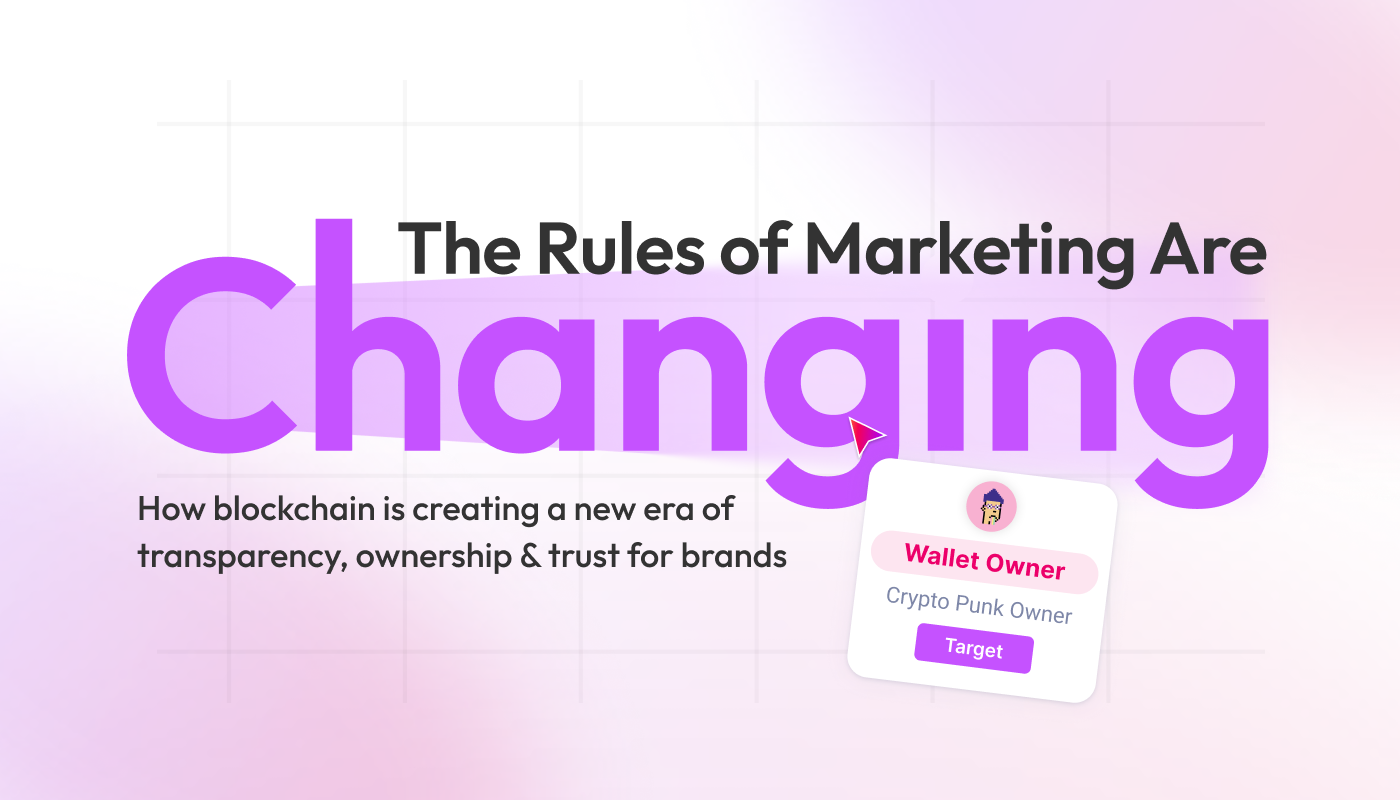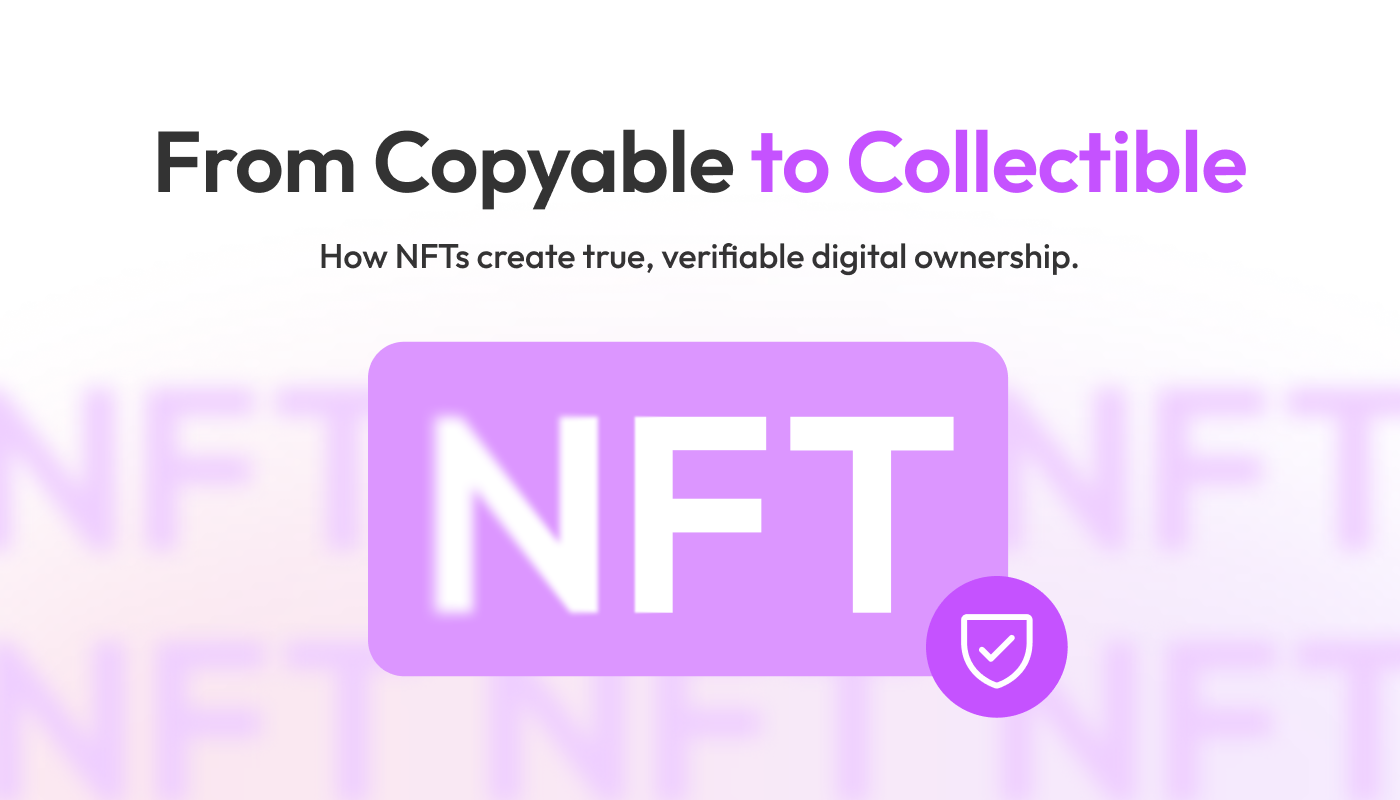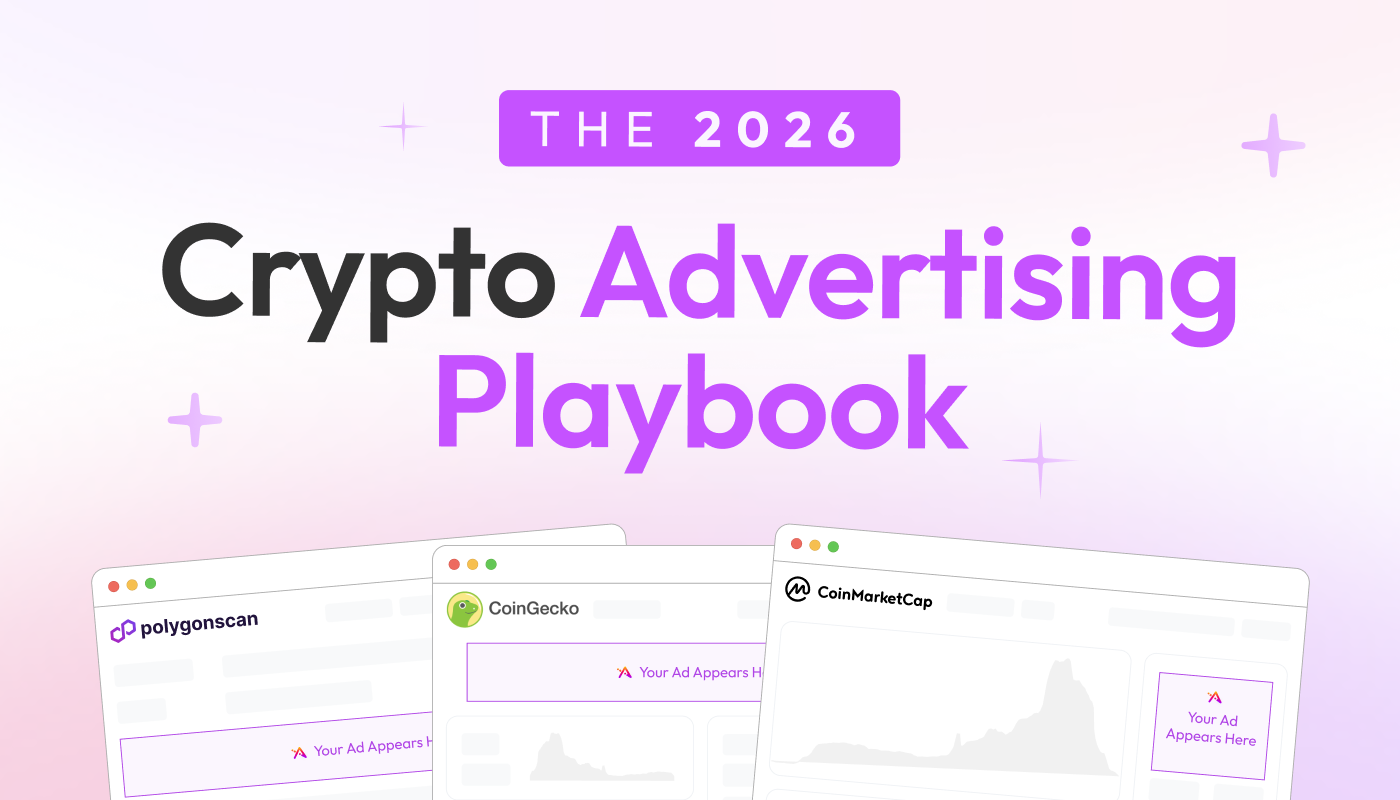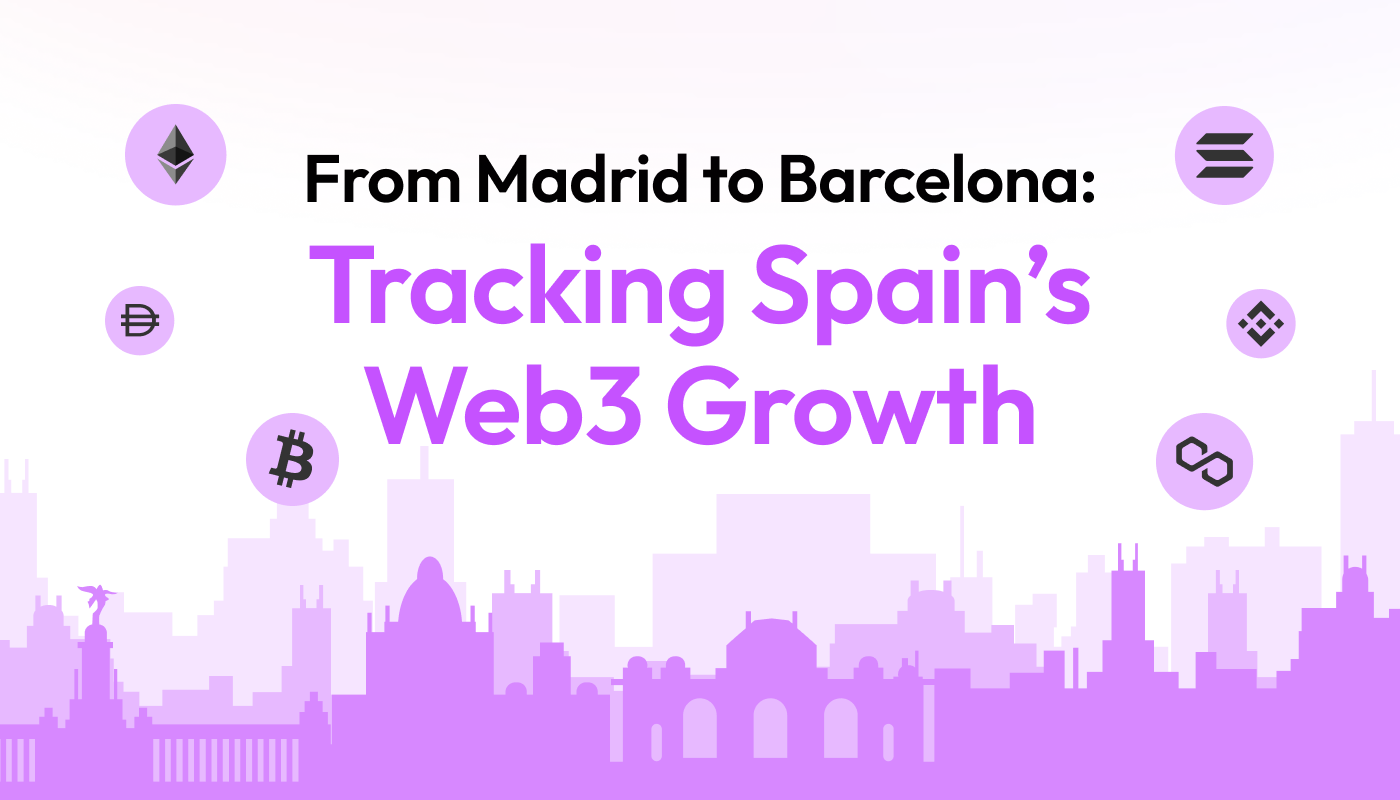What Is Blockchain Marketing? A 2025 Guide for Brands

You spent a decade mastering digital marketing. You optimized your funnels, perfected your ad spend, and built a data-driven machine.
Now, a new technology has arrived that changes the fundamental rules of the game.
"Blockchain marketing" isn't just about promoting a new crypto project. It's a strategic shift that uses the core principles of decentralization, transparency, and user ownership to build deeper, more valuable relationships with customers. For the traditional brand, this isn't a niche trend; it's the future of digital engagement and loyalty.
This guide will break down what blockchain marketing actually means and the new, powerful opportunities it unlocks for your brand.
Beyond the Hype: What Blockchain Marketing Really Is
At its core, blockchain marketing leverages three key technological shifts:
- Transparency: Every transaction and interaction on a blockchain is recorded on a public, immutable ledger. This creates an unprecedented level of transparency that can be used to build undeniable trust with consumers.
- User Ownership: Through tokens and NFTs, users are no longer just passive consumers; they are active owners and participants in a brand's ecosystem.
- Direct Engagement: Blockchain allows brands to interact directly with their users' wallets, bypassing the traditional gatekeepers of Web2 and creating a direct channel for communication and value exchange.
3 New Marketing Opportunities Unlocked by Blockchain
1. Verifiable Scarcity and True Digital Ownership

- The Problem in Web2: Digital goods have always had an infinite supply problem. A brand can say a digital item is "limited edition," but there's no way to prove it.
- The Blockchain Solution: NFTs (Non-Fungible Tokens) allow brands to create verifiably scarce digital collectibles. This isn't a gimmick; it's a powerful tool for building brand loyalty and creating high-value digital experiences, from exclusive membership passes to digital twins of physical products.
2. The New Loyalty Program: Turning Customers into Owners

- The Problem in Web2: Loyalty programs are transactional. Customers earn points, but they have no real stake in the brand's success.
- The Blockchain Solution: By rewarding loyal customers with tokens, you can turn them from passive consumers into active owners. When a customer holds your token, they are financially and emotionally invested in your success. This creates a powerful, self-sustaining community of advocates that no Web2 loyalty program can match.
3. Unprecedented Transparency in Marketing and Supply Chains

- The Problem in Web2: Customers are increasingly skeptical of brand claims, especially around sustainability and ethical sourcing.
- The Blockchain Solution: Brands can use the blockchain to create a transparent, immutable record of their supply chain. A luxury brand can prove the authenticity of its goods. A coffee company can prove its beans are ethically sourced. This isn't just a marketing claim; it's verifiable proof that builds deep, lasting trust.
Where to Start: A Wallet-First Mindset
For a traditional brand, entering this space can feel daunting. The first and most important step is to understand that in Web3, the wallet is the new cookie.
To succeed, you need to start thinking about your customers not just as demographic profiles, but as on-chain actors. This is where a platform like Addressable becomes essential. We help brands bridge the gap by providing the on-chain intelligence needed to understand who these new consumers are, what they care about, and how to reach them.
The future of marketing is about building real, verifiable relationships with your community. Blockchain provides the tools to do it.







